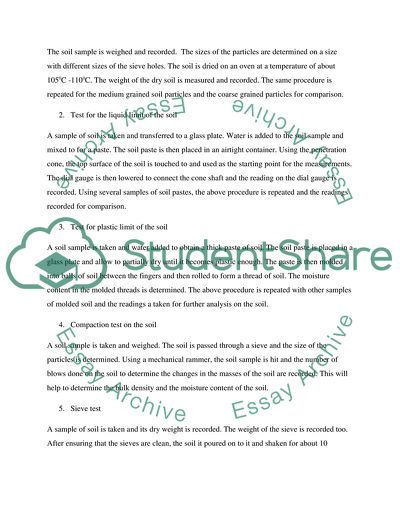Cite this document
(“Soils report Lab Example | Topics and Well Written Essays - 1250 words”, n.d.)
Soils report Lab Example | Topics and Well Written Essays - 1250 words. Retrieved from https://studentshare.org/engineering-and-construction/1693189-soils-report
Soils report Lab Example | Topics and Well Written Essays - 1250 words. Retrieved from https://studentshare.org/engineering-and-construction/1693189-soils-report
(Soils Report Lab Example | Topics and Well Written Essays - 1250 Words)
Soils Report Lab Example | Topics and Well Written Essays - 1250 Words. https://studentshare.org/engineering-and-construction/1693189-soils-report.
Soils Report Lab Example | Topics and Well Written Essays - 1250 Words. https://studentshare.org/engineering-and-construction/1693189-soils-report.
“Soils Report Lab Example | Topics and Well Written Essays - 1250 Words”, n.d. https://studentshare.org/engineering-and-construction/1693189-soils-report.


